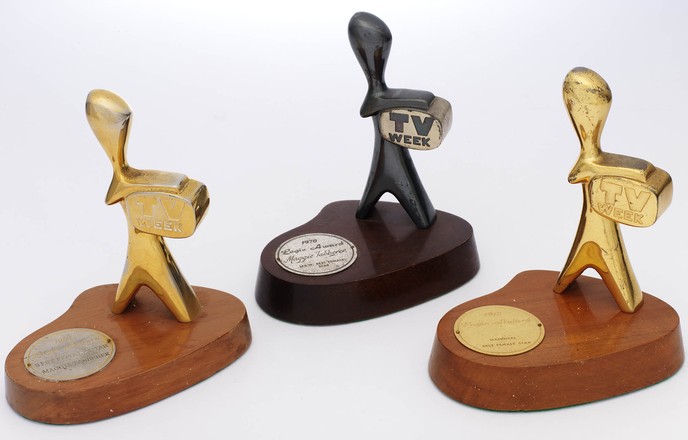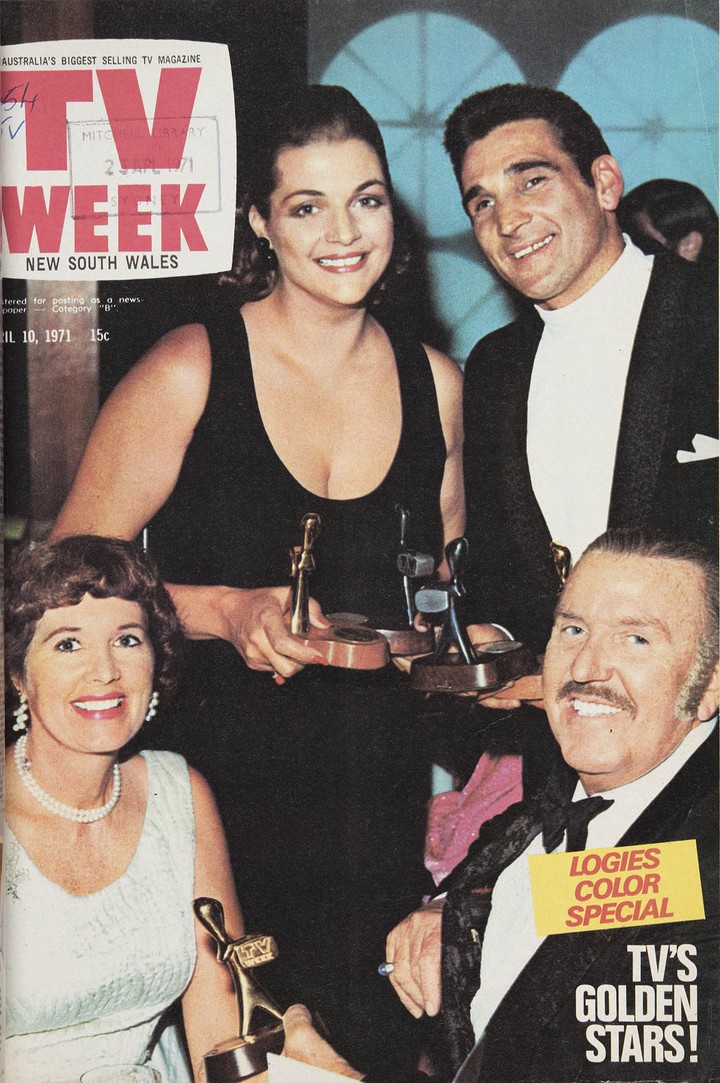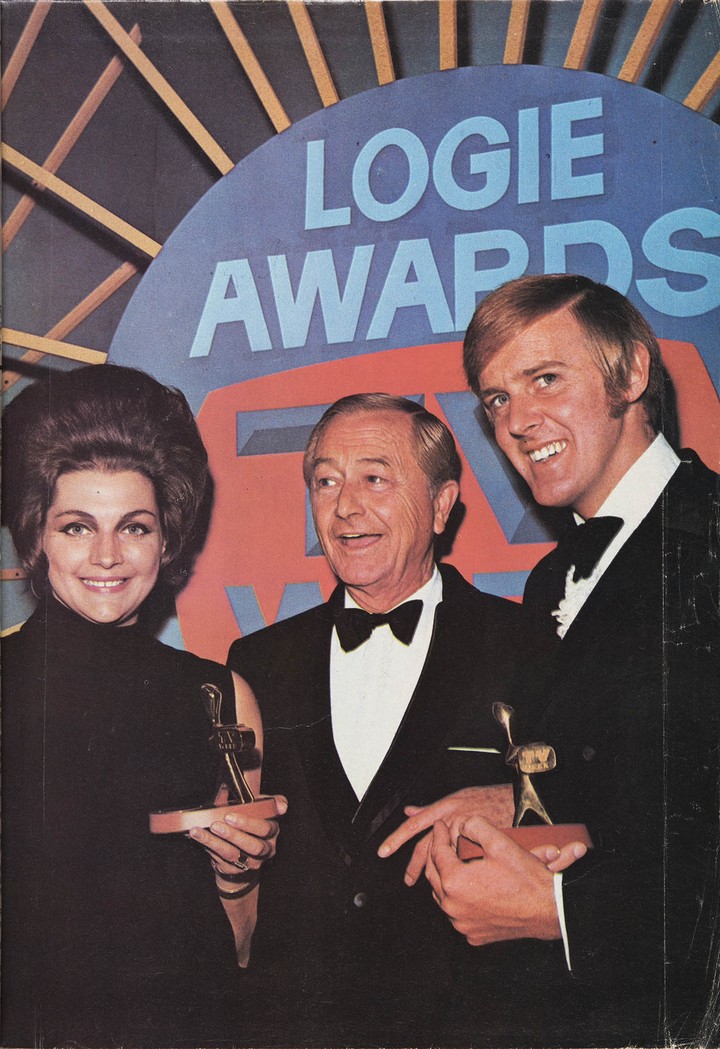The first TV
WEEK issue published covered the week 5–11 December 1957, with popular GTV-9
performers Geoff Corke and Val Ruff featured upon the cover. In 1958, the title
was shortened to TV Week and circulation expanded to Sydney, then the only
other TV market in Australia, in June. At the close of that year, Melbourne
readers of TV Week were invited to vote for their favourite TV personalities
and programmes. Graham Kennedy and Panda Lisner from GTV's In Melbourne Tonight
were voted Melbourne's most popular TV personalities.
The first
awards, known as the TV Week Awards, were instigated by TV Week magazine after
the first voting coupons were released in the magazine in late 1958, two years
after the introduction of television in Australia. The first awards saw no
formal ceremony; they were presented on 15 January 1959 during an episode of In Melbourne Tonight; only Melbourne
television personalities were nominated and awards were given in eight
categories, including two for American programs.[3]
By June 1958,
TV Week had a competitor, TV Times, published by the Australian Broadcasting
Commission (ABC). TV Week continued to expand publication as television
launched in other capital cities and regional areas across Australia. The
magazine introduced colour internal pages in 1962, moving to gloss colour
covers and internal pages in 1967. As a final evolutionary stage, the magazine
doubled size from A5 to A4 in July 1968.
The following
year, Graham Kennedy coined the name 'Logie Awards' after the inventor of the
first working television system, John Logie Baird, and, in the same year, the
first Gold Logie, (considered by some to be equivalent to the 'Star of the Year
Award' presented in 1959) was presented. The Logie statuette was designed by
Alec De Lacy, chief designer for Melbourne-based trophy makers KG Luke Ltd.
In 1961 the
awards ceremony was televised for the first time, with the ABC screening the
first half hour of the awards in Sydney, and has generally become more
elaborate in recent years. In 1962 Australian entertainer Lorrae Desmond, was
the first female star to win a Gold Logie. In 1968, there was no award for the
Most Popular Female in Television. According to Bert Newton, who was hosting
that year, "it appears no one was deemed worthy enough to receive
it". He pleaded with the producers to never be put in that position again
– this problem was solved the following year, when Channel Seven launched the
‘Maggie’ Show in January 1969 which launched the Logie career of Maggie
Tabberer
To be eligible
to receive a Logie, a programme must be Australian produced, set in Australia
and have a predominantly Australian cast. People eligible for a Logie must have
appeared on an Australian-produced show that was broadcast on Australian
television in the previous year.
Many of the
Logie categories were voted by the readers of TV Week magazine using coupons in
the magazine [online forms + SMS (short message service) have been introduced
since 2006]. Thus, the majority of Logie Awards are fan awards. The readership
of TV Week is a relatively small proportion of the Australian population, and
skews heavily to teenage girls. Public voted categories includes the Most
Popular Personality on Australian Television (Gold Logie)
The 'Most
Outstanding' categories are voted on by a jury comprising members of the
Australian TV industry and are, thus, industry awards.
Bert Newton
has been strongly associated with the history of the Logies. As well as winning
the Gold Logie four times, he hosted the awards a total of 19 times. He has
also performed in well-received guest appearances.
GTV-9/Nine
Network is also strongly associated with the history of the Logies,
particularly since the parent company Publishing and Broadcasting Limited now
also owns TV Week. Nine has hosted the awards 35 times in their 49-year
history.
Public voting for
the awards lasts for four weeks, usually beginning in early February, while the
ceremony itself is in late April or early May.



 Back to list
Back to list
